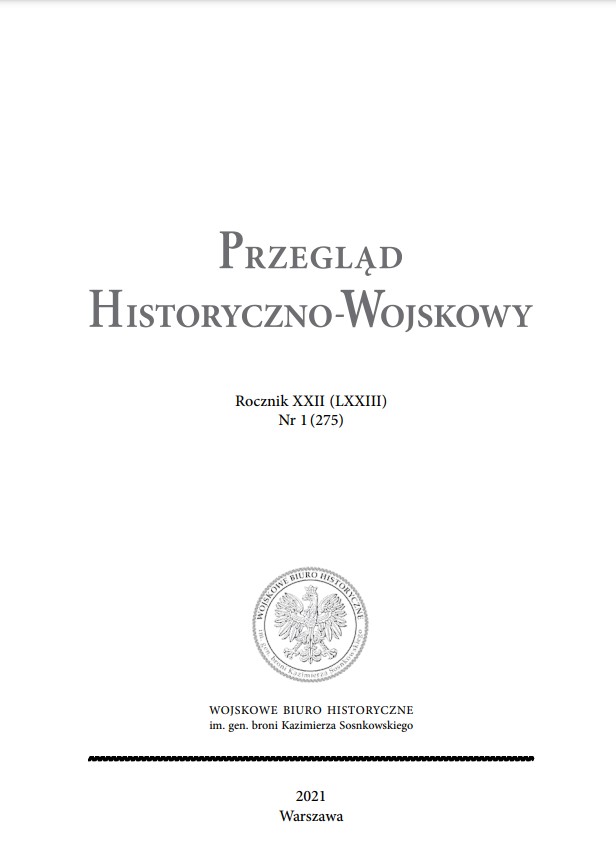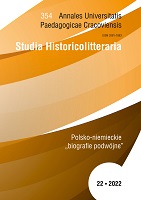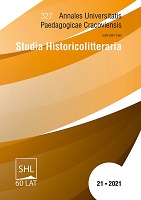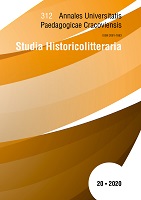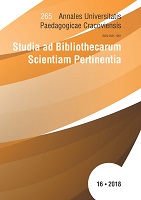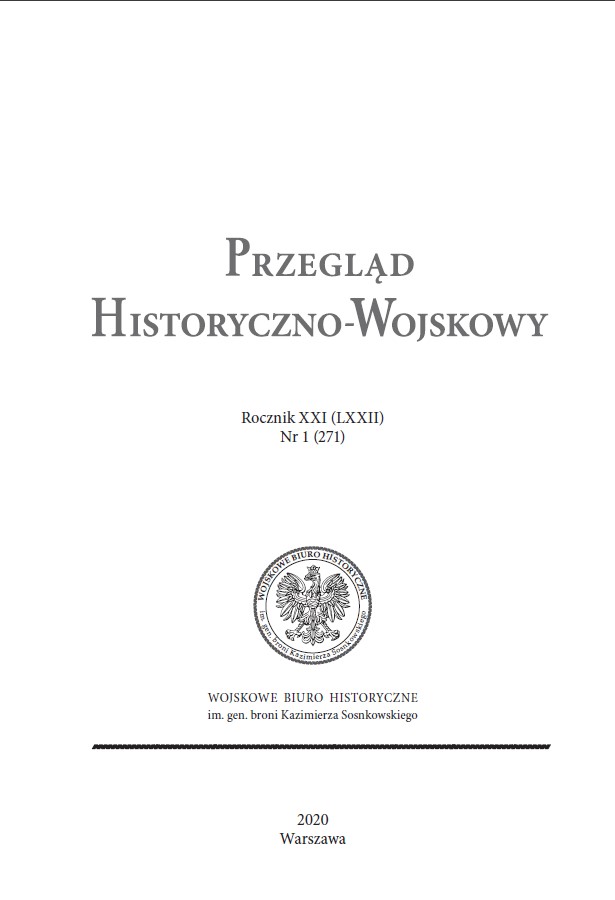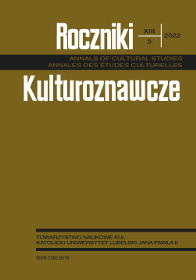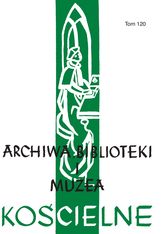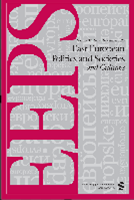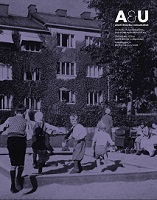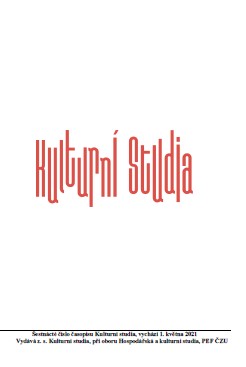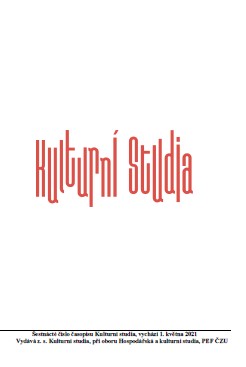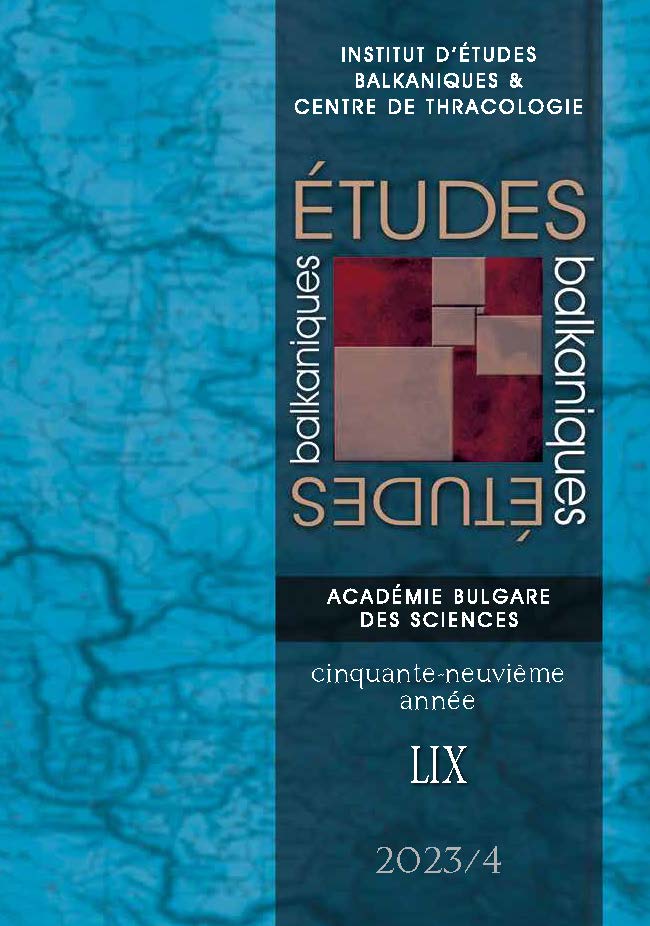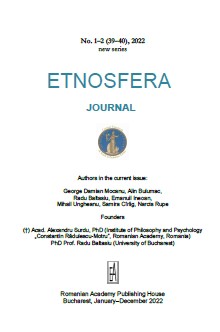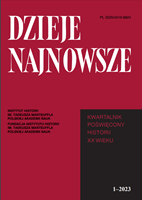Author(s): Andrea DESSARDO / Language(s): Italian
Issue: 120/2023
The article briefly presents the position of Don Luigi Sturzo (1871-1959) and of the Italian People Party (PPI, 1919-1926) regarding the freedom of school, inserting it within the political thought of the founder. For the Sicilian priest any State, even under a democratic regime, tends by its nature to interfere with the acquired rights of traditional communities, such as the family and the Church, replacing their goals with their own. In order to preserve the original freedoms, it is therefore necessary that the school be free, allowing families – even those who are economically disadvantaged – to choose for their children those institutes and programs that reflect their values the most. Don Sturzo claimed that according to the principle of subsidiarity indicated by the social doctrine of the Church in Leo XIII’s “Rerum novarum” and in Pius XI’s “Quadragesimo anno”, the State could be entrusted only with residual tasks and should support the initiatives launched autonomously by private individuals. Don Sturzo was among the first anti-fascists to leave Italy, already in autumn 1924, choosing to live in London (in 1940, when Italy entered the war, he settled in the United States, first in New York and then in Florida), being an admirer of English liberal political culture, while most of the Italian anti-fascists found refuge in France, a country which according to the Sicilian priest was irreparably compromised by Jacobin totalitarianism. The article examines both the school program of the Italian People Party in the years of confrontation with the fascist regime and the writings on school produced by Don Luigi Sturzo during and after his exile, once he returned to Italy after the end of the war and the seizure of power by the Christian Democrats, the new Catholic party that claimed to be the political heir of the PPI. Don Sturzo did not fail to criticize the new orientation of Italian Catholic politicians, in his opinion too little liberal and excessively statist. However, despite the even profound differences of opinion, the Italian Catholic politicians in government in the second half of the twentieth century all recognized their debt to Don Sturzo, operating in his name some important reforms aimed at democratizing the school and opening it up to the popular masses.
More...
